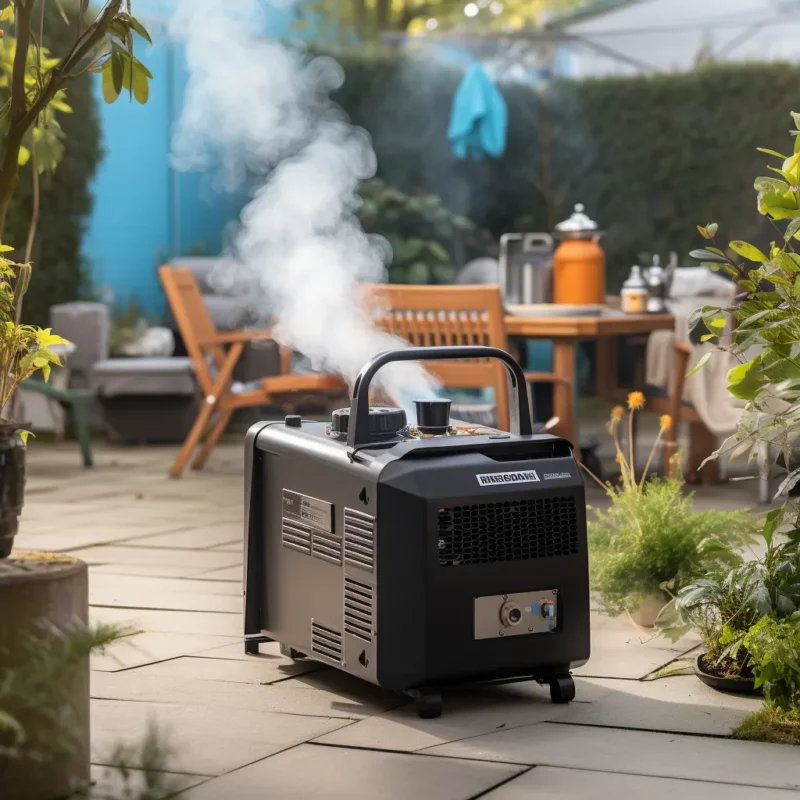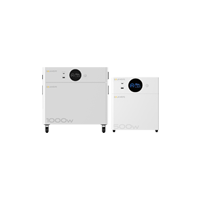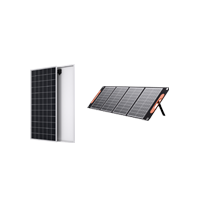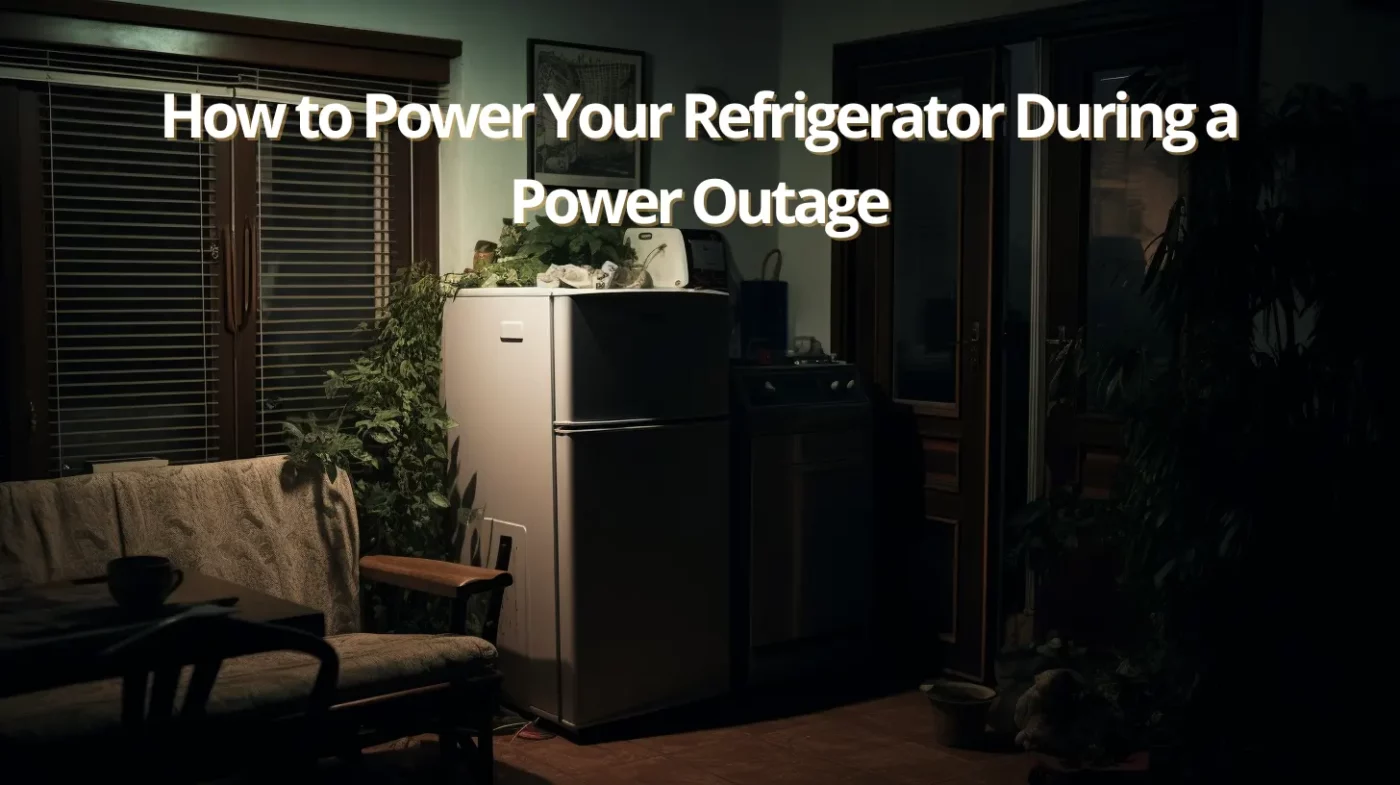Portable Power Statioin
How to Power Your Refrigerator During a Power Outage: A Comprehensive Guide
Table of Content:
- Introduction: Keeping Your Fridge Running When Disaster Strikes
- Portable Power Stations: The Superheroes of Outages
- Crunching the Numbers: Calculating Power Needs
- Portable Power Station vs. the Alternatives
- Plan Ahead: The Emergency Kit & Test, Test, Test: The Dress Rehearsal
- Stories from the Frontline: Real-Life Triumphs & Conclusion: Powering On
- FAQs
Introduction: Keeping Your Fridge Running When Disaster Strikes
In the face of hurricanes and other natural calamities, power outages have become all too common. And if you’re like me, you know that the refrigerator is the heart of our food storage universe. In this guide, I’ll walk you through how to power your refrigerator even when the power’s out, focusing on portable power solutions as your saving grace.
Understanding the Predicament: Fridges vs. Mother Nature
Let’s be real – a power outage can turn your fridge into a ticking time bomb for your groceries.
Portable Power Stations: The Superheroes of Outages
Enter the superhero of this story: portable power stations. These compact powerhouses are your go-to solution for keeping your refrigerator running and your essentials charged.
Sizing it Up: Finding the Right Fit
So, how do you pick the right power station to save the day?

Crunching the Numbers: Calculating Power Needs
You don’t need to be a math whiz, but understanding the wattage your refrigerator requires is crucial. This figure plays a key role in selecting a suitable power station that can handle the load. When choosing a portable power station, ensure its power output exceeds your calculated needs. Let’s break it down with an example:
Suppose your refrigerator consumes 70 watts, and you also have two phones that each draw 15 watts, along with a laptop that uses 60 watts. Now, let’s say you want your refrigerator to run for at least 12 hours during the outage, and you’ll need to charge your phones and laptop twice within this duration.
Calculating your power needs:
- Refrigerator: 70 watts x 12 hours = 840 watt-hours (Wh)
- Phones: 15 watts x 2 phones x 2 charges = 60 Wh
- Laptop: 60 watts x 2 charges = 120 Wh
Adding it all up:
- Refrigerator: 840 Wh
- Phones: 60 Wh
- Laptop: 120 Wh
Total power needed: 840 Wh + 60 Wh + 120 Wh = 1020 Wh
This means you require a power station with a capacity of at least 1020 watt-hours to keep everything running smoothly throughout the 12-hour period.
Portable Power Station vs. the Alternatives
Now, let’s compare these power stations with their cousins, the generators.
Generators: The Noisy Cousins & Choosing Your Sidekick: Factors to Consider
Generators can be a bit like that loud cousin who insists on being the center of attention at family gatherings. Sure, they work, but they’re noisy, need fuel, and demand more maintenance. Portable power stations, on the other hand, are silent saviors. They’re easy to use, emit zero fumes, and are as simple as flipping a switch.

When you’re considering your power station, think about battery types like lithium iron phosphate (LiFePO4) or traditional lithium-ion. LiFePO4 batteries are known for their longer lifespan and enhanced safety features compared to standard lithium-ion batteries.
AC/DC Outlets and Recharging Methods: Staying Connected & Safety First: Surge Protection and Voltage Regulation
Check that your power station has the right outlets for your devices and ensure it can be charged through various methods, like a wall socket or your car. Just like wearing a helmet while biking, surge protection and voltage regulation keep your devices safe from sudden jolts. Your fridge deserves to be treated like royalty.
Maximizing Efficiency: Tips for Keeping Cool
Alright, now that you have your power station, let’s make it work for you.
Ready for Anything: Emergency Preparedness
Prepare for outages like a true hero with a utility belt.
Plan Ahead: The Emergency Kit & Test, Test, Test: The Dress Rehearsal
Pack an emergency kit with your power station, cables, adapters, and other essentials. When the lights go out, you’ll be the calm one in the room. Superheroes practice their moves, and so should you. Test your power station before the storm hits. Ensure everything is charged and running smoothly, just like a dress rehearsal.
Stories from the Frontline: Real-Life Triumphs & Conclusion: Powering On
Before we wrap this up, let’s talk about real-life victories. During Hurricane Sandy, a friend had their power station ready. While neighbors struggled, they enjoyed fresh food and a cozy movie night. These stories remind us why being prepared is worth it.
So, there you have it. Portable power stations are your allies in the fight against outages. With planning, the right gear, and a touch of heroism, you can keep your fridge cool and your spirits high during storms. Remember, it’s not just about surviving – it’s about thriving. Stay empowered, stay prepared, and may your fridge always be chill!
FAQs
Q1: Can I rely solely on my generator to power my refrigerator during an outage?
A: While generators can provide power, they often come with noise, fuel requirements, and maintenance hassles. Portable power stations offer a quieter, cleaner, and hassle-free alternative, making them a great choice for fridge power.
Q2: How do I calculate the wattage my refrigerator needs during an outage?
A: Check your refrigerator’s label or manual for its wattage. Multiply this by the hours you want it to run. Factor in other devices you need to power simultaneously, and you’ll get an idea of the power station capacity you require.
Q3: What’s the advantage of using lithium iron phosphate (LiFePO4) batteries in a portable power station?
A: LiFePO4 batteries offer a longer lifespan, enhanced safety features, and greater durability compared to standard lithium-ion batteries. This makes them an excellent choice for reliable and safe backup power.
Q4: Can I charge multiple devices simultaneously with a portable power station?
A: Yes! Portable power stations come equipped with multiple AC and DC outlets. This allows you to charge your refrigerator along with phones, laptops, lamps, and other essentials simultaneously, keeping your life running smoothly during an outage.
Q5: How long can a portable power station typically run a refrigerator?
A: The runtime depends on the capacity of the power station and the wattage of your fridge. For example, a power station with a capacity of 1000 watt-hours can potentially run a 70-watt refrigerator for about 14 hours.
Q6: Do portable power stations require maintenance like generators do?
A: Portable power stations have minimal maintenance needs compared to generators. They don’t require fuel, oil changes, or the same level of upkeep. Regular testing and charging are generally sufficient to keep them ready for action.
Q7: Can I use solar panels to charge my portable power station during an outage?
A: Yes! Many portable power stations are compatible with solar panel charging. This sustainable option can provide a continuous source of energy even during prolonged outages, keeping your power station charged and your essentials running.
Q8: How often should I test my portable power station before an outage?
A: It’s recommended to test your power station every few months to ensure it’s functioning properly. This helps you identify any issues and ensures that it’s ready to perform when you need it most.
Q9: Are there any safety considerations when using a portable power station to power a refrigerator?
A: Yes, safety is paramount. Ensure the power station’s wattage and capacity can handle your fridge’s startup surge. Also, use surge protectors for sensitive electronics and keep the power station in a well-ventilated area during operation.
Q10: Can a portable power station power other appliances aside from a refrigerator during an outage?
A: Absolutely! Portable power stations are versatile and can power various devices, including laptops, phones, lights, fans, and even medical equipment. Their multiple outlets make them an essential backup power source for diverse needs.
More about Solahope M series Portable Power Station
More to Read:
Unleashing Hurricane Power: Empowering Resilience with Portable Solar Power Stations
Portable Power Station for Construction Sites: Solahope M3600 Portable Power Station
How to Choose the Right Portable Power Station for Your Needs
The Best Portable Power Station for Hunting
Exploring the Safety of Portable Power Stations: Are They Truly Secure?
Can A Portable Power Station Run A Heater?
How Do Portable Power Stations Work?
Can a Portable Power Station Run a TV? A Comprehensive Guide for Buyers




